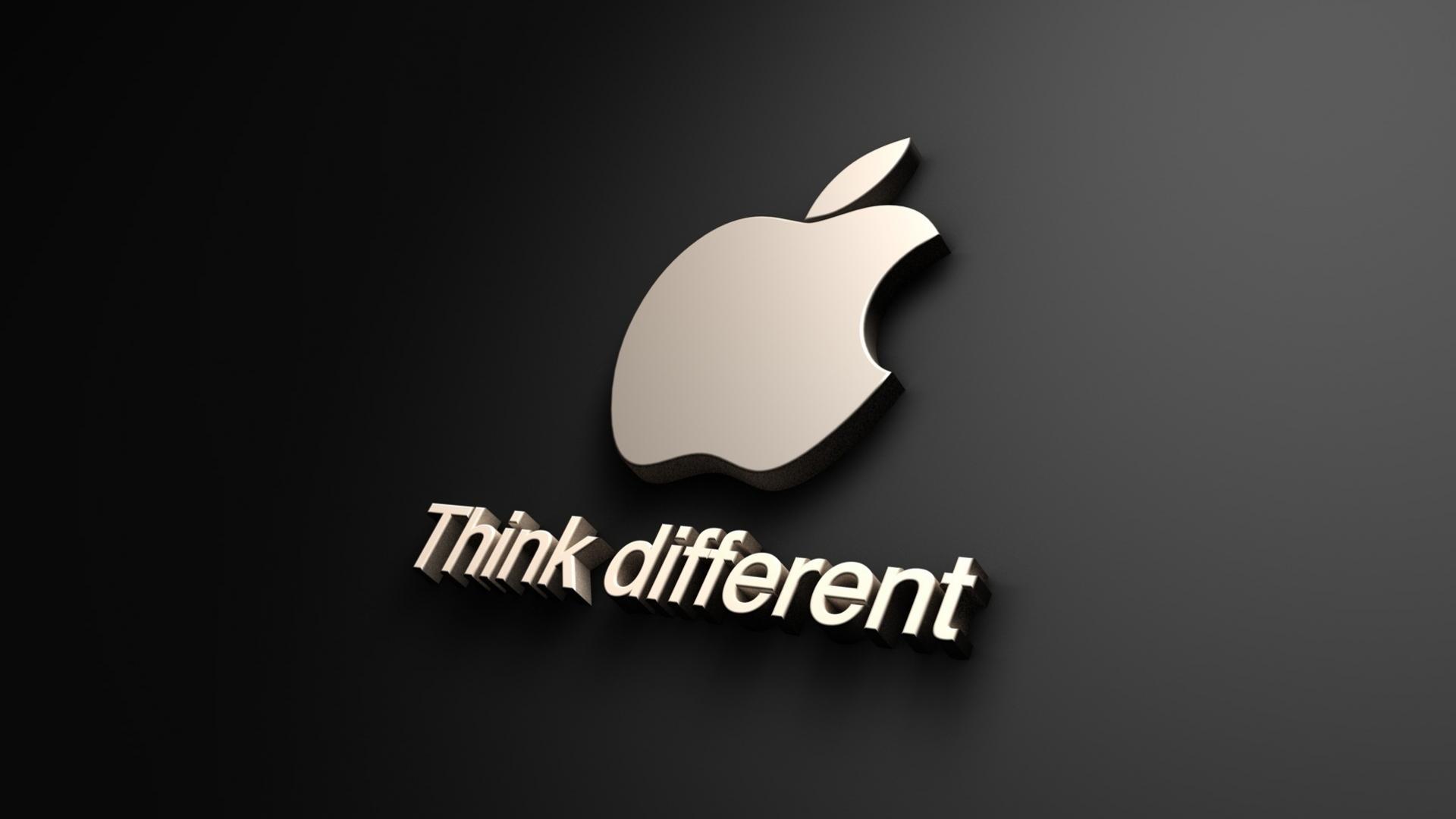Does your ‘brand’ really matter?
Most large businesses understand that their brand is among their most valuable assets, providing the route to long-term financial success; they also have the capabilities to mould this asset to suit their customers and keep their sales coming in.
Small businesses, often with shoestring budgets, usually don’t have this luxury and understandably get stuck in a hamster wheel – working hard for each and every sale, whilst neglecting the potential for sustainable value.
This blog will help you to understand why refocusing your marketing efforts towards your brand is a good idea. In fact, it needs to be one of your top priorities.

What is a brand?
Let’s start by defining the term ‘brand’.
Firstly, your brand is not your logo, nor your business colours. It’s also not what you tell your customers (and other stakeholders) about your products and services. In fact, no matter how much you promote the ‘quality’ of what you offer, if your customers don’t agree with you, you’re doing so in vain.
Your brand is what your customers (and other stakeholders) ‘think and feel’ about your business. This is influenced by every single interaction – from your products and services to your adverts and social media posts to in-store and online experiences.
The good news is that you can influence this, but the bad news is that every single touchpoint (interaction a customer has with your product) counts – you can’t afford to get it wrong if you want your business to thrive.
A strong brand increases profitability
Understanding the limitless benefits of a strong brand should inspire you to want to change your marketing approach.
A strong brand will influence your customers to choose your products over your competitors’, increasing your sales.
It will enable you to charge premium prices, increasing your profits.
It will enhance your power over your suppliers and partners, meaning you can negotiate more favourable deals and recruit better staff.
It will reduce your operating costs, requiring less investment needed in marketing, advertising and sales.
Ultimately, your brand is your key to a competitive business.
An ‘emotive’ brand engages customers
People often can’t explain why they love their favourite brands. In the end, it usually comes down to a feeling. It’s all about how a brand makes your customers feel. Customers want more of that feeling, so they want more of that brand.
It’s not surprising, therefore, that successful brands use emotive advertising ideas. Nike’s Just Do It campaign is a perfect example.
By associating a ‘feel good’ mantra with their sports gear, their customers feel good about purchasing and wearing them. Thanks to the brains behind their brand, Nike is a market leader in its field.

Banks are doing it too – Lloyds’ By your Side campaign helps people to feel good about banking with them; it repositions the bank from a money-making machine to a lifelong friend.
Cleverly, they also partnered with Mental Health UK for this campaign, a charity that resonates with social sentiment around wellbeing, further strengthening the philanthropic feeling customers have about using this brand.

Brands hold great emotional meaning for people and that’s what makes them loved.
Brand relationships drive customer loyalty
Your customers’ relationship with your brand can really develop, just like human relationships do.
Think about your own interactions with brands. Initially, you might be cautious about a new brand, but through consistently positive experiences that meet your needs (needs are often changing so brands need to adapt) you’ll develop trust and loyalty to that brand, increasing the likelihood of you choosing it over another.
Before long, you’ll likely stop evaluating the details of their products too much, being confident that the brand will deliver what you want.
Think about Apple.
Consistent promotion of their unique and ‘cool’ Think Different brand promise has resulted in a cult following. By using their products, their customers feel ‘cool’ too.
Apple’s loving customers are impressively loyal, ditching old products for new ones the second they’re launched.
As a result, Apple’s brand is flying high. Their customer base is huge and they also attract the world’s best talent, partners and suppliers, enabling them to continue innovating to increase their market share.

Extending your brand beyond your marketing
Many people make the mistake of developing a fantastic brand marketing campaign, forgetting that a successful brand needs to extend across an entire business to create perceived credibility and trust.
Nike’s internal business culture will be based on their empowering Just Do It strapline.
Their marketing team will use empowering language and images; their sales staff will adopt this style too.
Their suppliers will manufacture sports apparel that conveys confidence and consistently adheres to Nike’s simple recognisable designs. This all strengthens the brand and people’s relationship with it.
Lloyds bank will also have embedded their By Your Side campaign into their customer service, marketing and sales teams too. If customers experience unfriendly service or communications or witness business focuses that go against this approach, mis-trust will arise and customers will go elsewhere.
Strong brand propositions extend across organisations – staff will live and breathe that brand promise to bring it to life for themselves and their customers.
Embedding your brand into your marketing strategy
With alignment around what makes your brand unique to your customers, you can build a marketing strategy around it and reap the benefits. Talking about your brand, how you define it, what it means, and the impact it has can do great things for your business.
